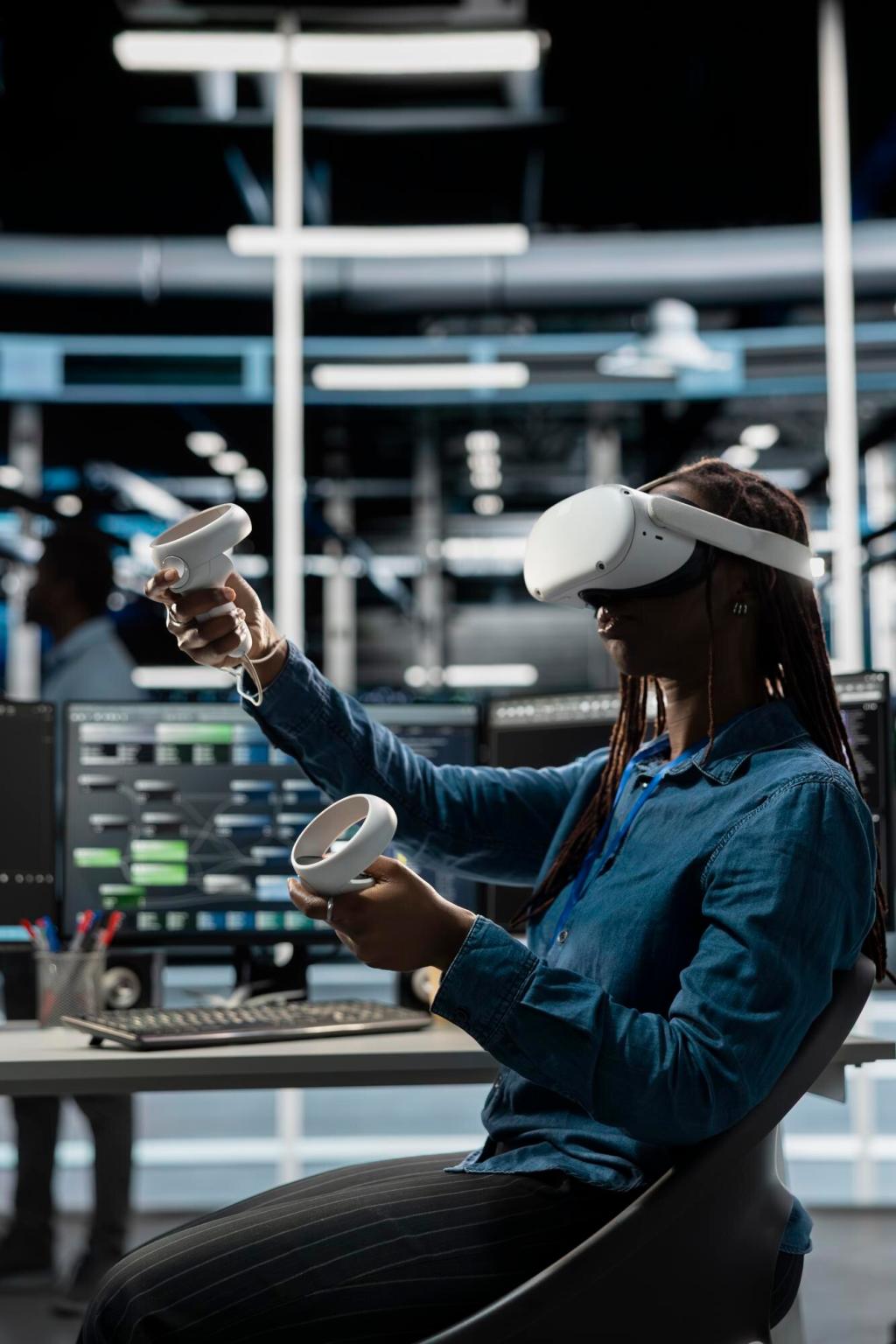Future Trends in Modular Architecture: Building Tomorrow, Today
Chosen theme: Future Trends in Modular Architecture. Explore how industrialized building, low-carbon materials, and intelligent design are reshaping cities with speed, beauty, and purpose. Join our community, share your thoughts, and subscribe for fresh insights.
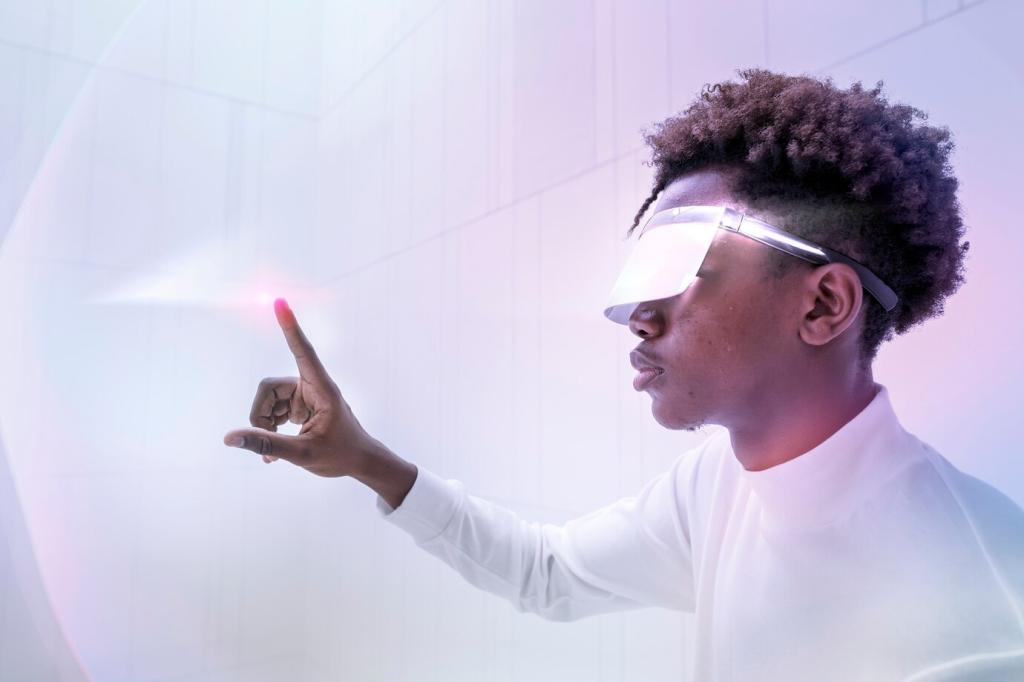
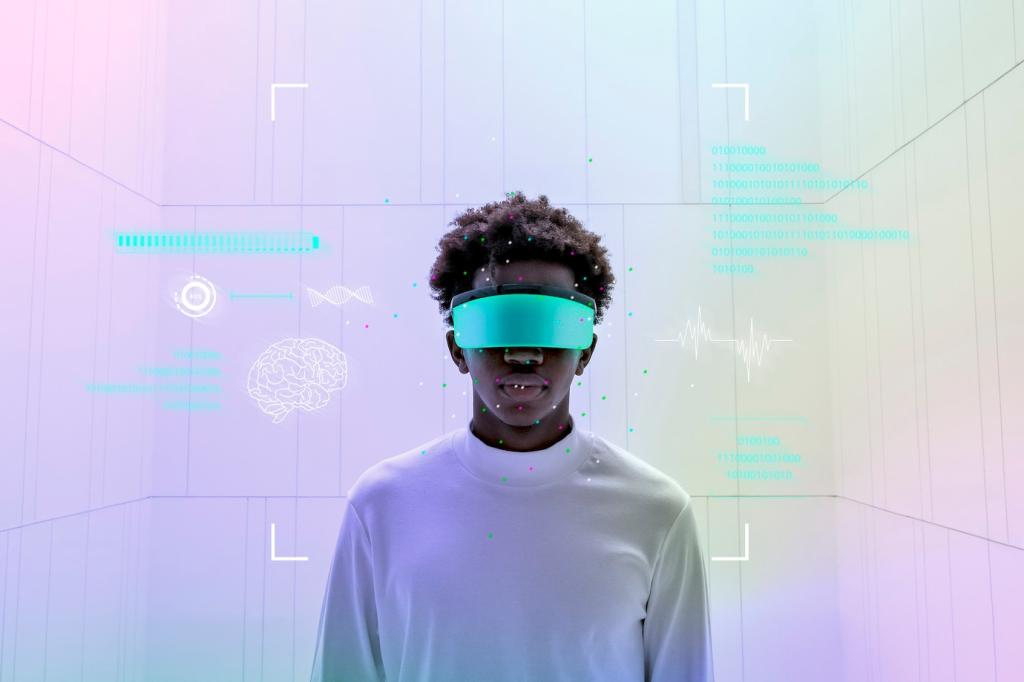
Closing the Carbon Loop: Net-Zero Modular Futures
Mass timber and hybrid modules
Cross-laminated timber modules paired with light-gauge steel frames achieve warmth, lightness, and structural efficiency. Beyond storing biogenic carbon, factory precision reduces offcuts. Have you experienced the acoustics and comfort of hybrid timber modules in practice?
Designing for disassembly and reuse
Future-ready modules include reversible connections, material passports, and labeling for second lives. Imagine relocating an entire block after a decade, repurposing kitchens, and reconfiguring partitions without landfilling. Share a story of successful building relocation or adaptive reuse.
Measure what matters: carbon and materials data
Environmental Product Declarations, digital twins, and QR-tagged components enable real-time carbon accounting. Teams compare assemblies, then optimize finishes and insulation by impact, not guesswork. Subscribe to follow our upcoming deep dive into modular carbon dashboards.
Generative layouts that learn from cities
Data-trained models propose module stacks that maximize daylight, fit zoning envelopes, and minimize crane picks. A designer in Rotterdam reported a 40% faster iteration cycle and better cross-ventilation after adopting generative placement and corridor optimization tools.
Digital twins across the lifecycle
Modules arrive with sensors and rich metadata, creating a live model tracking humidity, vibration, and energy use. Facility teams plan maintenance before failures, extending equipment life. Would you pilot a twin on your next project? Tell us what you’d monitor first.
Guardrails for responsible automation
AI augments, not replaces, professional judgment. Teams establish bias checks, design reviews, and explainable criteria before approving AI suggestions. Subscribe to join our roundtable on ethical AI in modular design and share the questions keeping you cautious and curious.
Reimagining the City Block: Infill, Affordability, and Community
A vacant lot became thirty daylit studios in eight weeks, arriving as finished modules before a local café opened each morning. Neighbors watched cranes like theater, then welcomed new residents by sunset. Share your favorite micro-site with big potential.
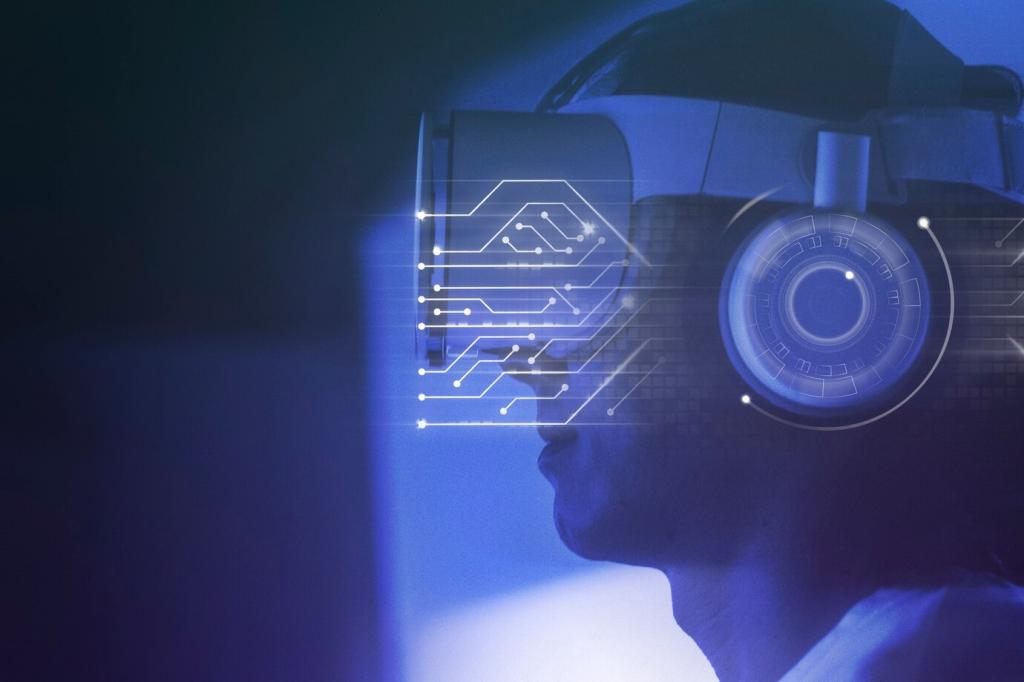
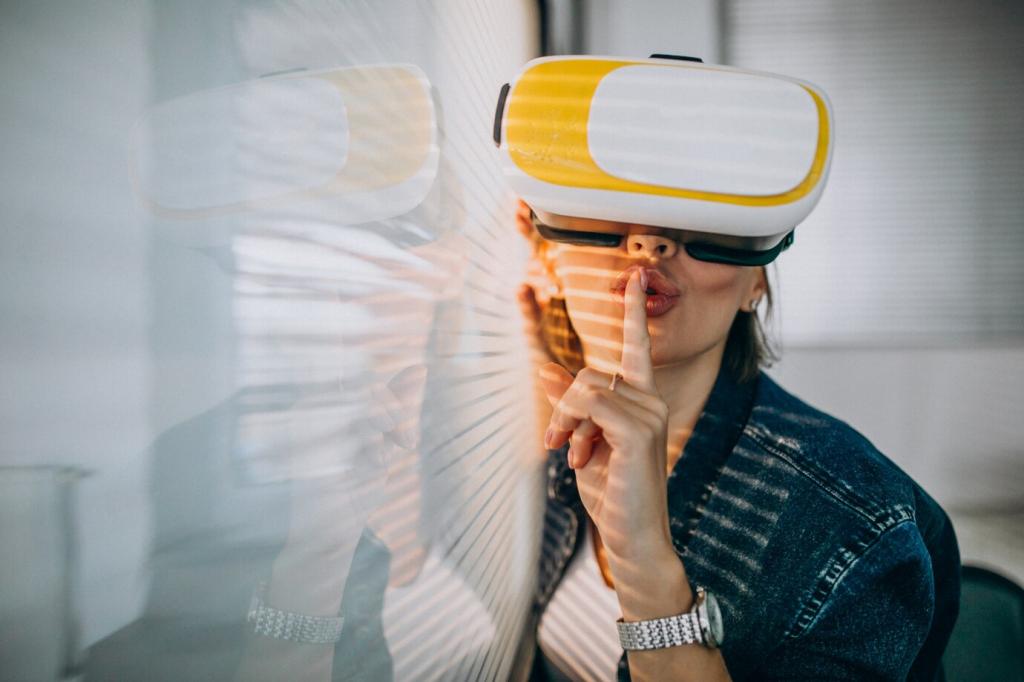
Reimagining the City Block: Infill, Affordability, and Community
Because modules iterate quickly, residents can test unit mockups, storage ideas, and courtyard proportions early. One workshop swapped two modules to create a quieter play area—an adjustment impossible late in traditional builds. Comment on engagement tactics that actually work.

Healthcare that arrives when it’s needed most
During a respiratory surge, a regional hospital added triage modules within days, complete with oxygen lines, negative pressure, and daylighting. Staff said the spaces felt calm, not temporary. What clinical features would you prioritize in rapid deployments?

Learning spaces that move with students
Schools deploy adaptable classroom modules that follow enrollment, shifting from science labs to maker studios as curricula evolve. One principal credited improved attendance to outdoor-connected modules with generous glazing. Tell us how modular could transform learning where you live.
Standards, Finance, and the Global Kit-of-Parts
Shared interface dimensions, lifting points, and MEP connectors reduce vendor lock-in and unlock healthy competition. Imagine ordering a bathroom pod like a laptop—compatible, upgradeable, and warrantied. Which standards would you prioritize to speed safe adoption?
